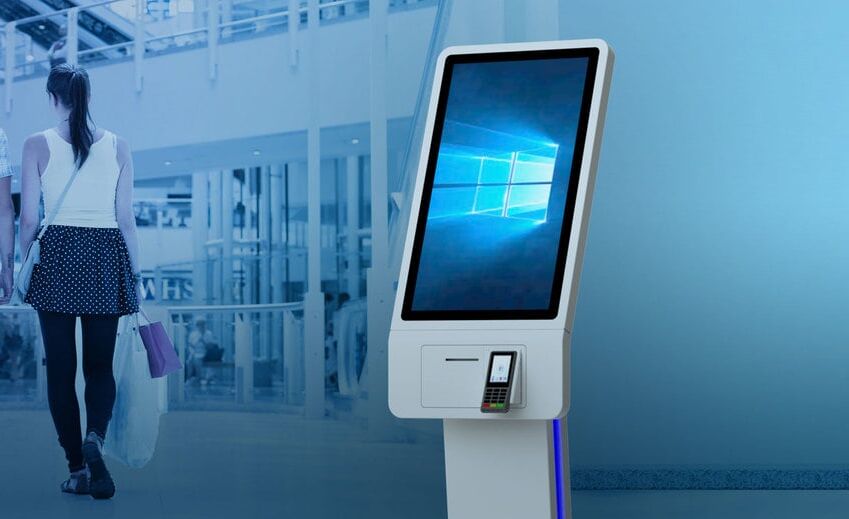You’ve probably heard of them before, but if you’ve ever asked yourself ‘just what are digital building directories?’, then wonder no more.
As with all types of digital signage, they have plenty of advantages.
In all likelihood you’ll have seen or used one before, perhaps in a shopping mall, hospital or office.
Not only does a digital building directory look great, it saves time by helping people work out where to go. After all, with digital signage in general, 63% say it attracts their attention and it’s also capable of reducing perceived wait times by up to 35%.
What are digital building directories?
They vary depending on the use case, but most are touchscreen displays with information about the names and locations of all the different areas in a building.
They usually have visual maps or floorplans of a multi-storey complex, often with search and navigation features, to help the user see where they need to go and how to get there.
Digital building directories are often used in the retail, public and corporate sectors, for example in:
- Shopping malls: to show shoppers where all the stores are located
- Hospitals: to help patients and visitors find the right treatment area
- Office blocks: to help visitors find the right business or department
Like standard directories, they have all the relevant listings, but share them in a more visual and interactive format.
They essentially consist of a large display screen, a media player, content management software and then the listings, as well as any other relevant building information.
Benefits
Why are digital building directories popular and what are the advantages over analogue ones?
They are:
- Attention-grabbing: they are almost impossible to miss and much easier to spot than printed floorplans on a wall, for example
- Up-to-date: digital directory information is quick and simple to update if it needs changing – in contrast, it’s not possible to edit an analogue version once it’s printed out
- Interactive: they are more helpful and informative for users because it’s easier to find what you’re looking for, in comparison with a non-interactive directory or map
Staff will also save time – without a digital building directory, it’s likely that many visitors will need to ask them for the information they need instead.
As with anything digital, it’s easy to incorporate other up-to-date content too such as adverts, emergency alerts, language translations, audio instructions, live news and so on.
Therefore digital building directories are an efficient and accurate solution for sharing important information about the surroundings.
Since the touchscreens see a lot of use throughout each day, just don’t forget they’ll need to be regularly cleaned as part of COVID-19 guidelines.
Summary:
Digital building directories are the modern version of analogue floorplans, maps and other types of listings.
They are a time-saving and eye-catching way of helping building visitors receive up-to-date information and understand where to go at large sites.
If you’re still querying exactly ‘what are digital building directories?’ and are interested in learning more, then why not get in touch with us?




